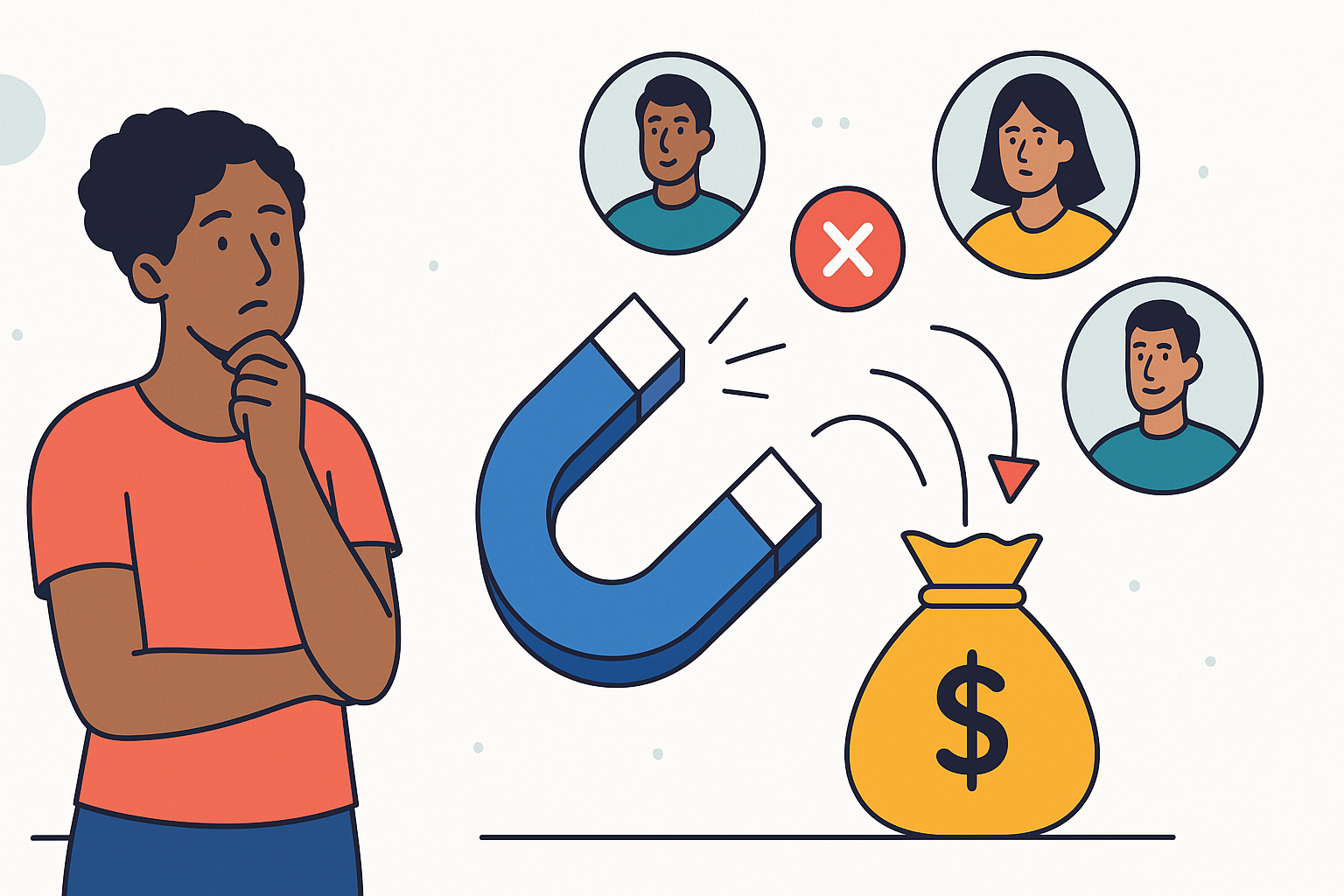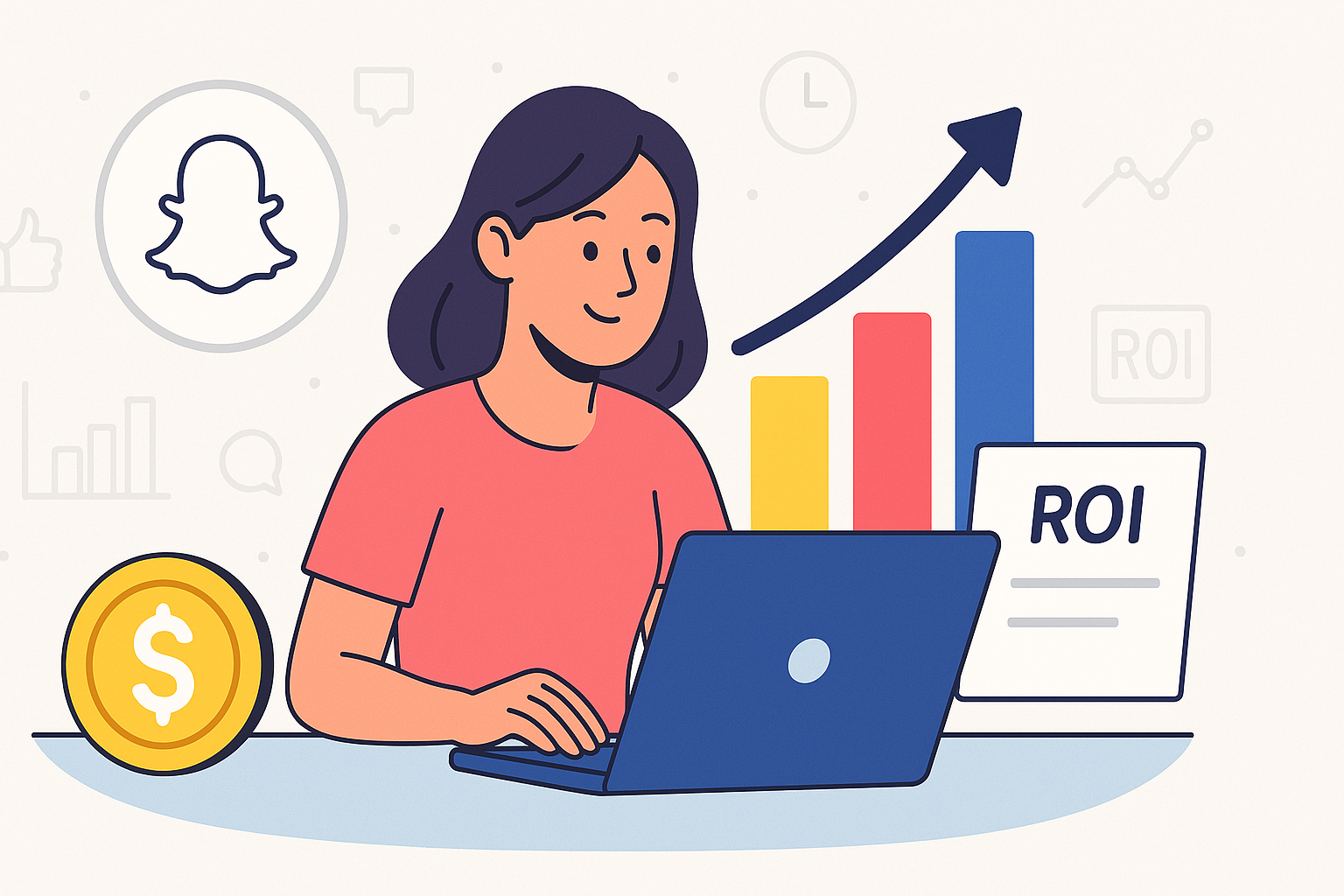Understanding Customer Churn: What It Is and Why It Matters
by Francisco Kraefft on 18 Apr, 2025
Acquiring new customers is essential, but retaining existing ones is the bedrock of sustainable business growth. Yet, businesses inevitably lose customers over time – a phenomenon known as churn. Understanding what churn is goes beyond a simple definition; it involves recognizing its different forms, measuring its impact, and identifying its root causes. Ignoring churn is like trying to fill a leaky bucket; your acquisition efforts might bring in new customers, but persistent leaks will drain your resources and hinder progress. This exploration delves into the core concept of customer churn, establishing why mastering its dynamics is crucial for any organization aiming for long-term success and profitability in today's competitive landscape.
Defining Churn: More Than Just Lost Customers
At its simplest, churn refers to the rate at which customers stop doing business with a company over a specific period. It's the opposite of customer retention. However, the concept is more nuanced and can be viewed through different lenses: Customer Churn and Revenue Churn (MRR/ARR Churn).
- Customer Churn measures the percentage of customers who have ended their relationship with your company during a set timeframe. Example: If you started the month with 100 customers and lost 5, your monthly customer churn rate is 5%. This metric is straightforward and widely applicable, especially for subscription-based models (SaaS, streaming services) or businesses with distinct customer accounts.
- Revenue Churn focuses on the financial impact of lost customers. Instead of counting heads, it measures the percentage of recurring revenue lost during a period. This is particularly vital for businesses where customer value varies significantly.
The Ripple Effect: Why Churn Rate Demands Your Attention
Churn isn't just a statistic; it's a powerful indicator of business health with far-reaching consequences. Ignoring a high churn rate can silently undermine your growth and profitability. Here’s why paying close attention is non-negotiable:
- Direct Revenue Loss: The most obvious impact.
- Increased Acquisition Costs: Acquiring new customers is almost always more expensive than retaining existing ones.
- Reduced Customer Lifetime Value (CLTV): High churn means customers leave before maximizing their potential value.
- Hindered Growth & Scalability: Leaky buckets are hard to fill; high churn makes scaling difficult.
- Negative Brand Perception & Social Proof: Unhappy departing customers can damage your reputation through negative reviews or word-of-mouth.
- Wasted Resources: Time and money spent acquiring and serving customers who quickly leave is inefficient.
- Inaccurate Forecasting: High churn makes predicting future revenue unreliable.
In essence, churn acts like friction against your business momentum. Lowering this friction doesn't just prevent losses; it actively accelerates growth, improves profitability, and strengthens your market position. Measuring and understanding churn is the first step toward controlling it.
Calculating Your Churn Rate: The Essential Formulas
Quantifying churn is crucial for tracking trends, setting benchmarks, and measuring the effectiveness of retention efforts. Here are the primary formulas you need to know:
- Customer Churn Rate: Measures the percentage of customers lost over a specific period.
- Formula:
Customer Churn Rate = (Customers Lost During Period / Customers at Start of Period) * 100%
- Formula:
- Net Revenue Churn Rate: Provides the most comprehensive view by accounting for lost revenue (Churn MRR), expansion revenue (upgrades, add-ons from existing customers), and contraction revenue (downgrades from existing customers).
- Formula:
Net Revenue Churn Rate = ((Churn MRR - Expansion MRR - Contraction MRR) / MRR at Start of Period) * 100%
- Formula:
Regularly calculating and monitoring these metrics provides invaluable insights into customer loyalty and the financial health of your recurring revenue streams.
Uncovering the 'Why': Common Causes of Customer Churn
Customers rarely leave without a reason. Understanding the common drivers behind churn is the first step toward developing effective prevention strategies. Common reasons include:
- Poor Customer Service & Support: Slow response times, unresolved issues, unhelpful interactions.
- Product/Service Issues & Lack of Value: Bugs, missing features, product not meeting expectations or delivering ROI.
- Pricing & Perceived Value: Competitors offering better value, price increases perceived as unfair.
- Ineffective Onboarding & Initial Experience: Customers don't understand how to use the product or achieve initial success.
- Lack of Engagement & Relationship Building: Feeling ignored or undervalued, lack of proactive communication.
- Competitive Offers: More attractive alternatives emerge.
- Customer Fit & Evolving Needs: The customer's business changes, and your solution is no longer the right fit.
Identifying your specific primary churn drivers often requires collecting and analyzing customer feedback through surveys, exit interviews, support ticket analysis, and usage data. Pinpointing the root causes allows you to address the underlying issues rather than just treating the symptoms.
From Insight to Action: Proactive Strategies to Reduce Churn
Understanding and measuring churn is essential, but the real value lies in taking action to reduce it. Here are key strategies:
- Enhance Customer Onboarding: Ensure customers achieve value quickly.
- Invest in Proactive Customer Support & Success: Anticipate needs and offer help before problems arise.
- Actively Collect and Act on Feedback: Show customers you're listening and improving.
- Analyze Churn Data for Patterns: Identify segments or behaviors correlated with churn.
- Focus on Engagement & Relationship Building: Use email marketing, personalized communication, and community building.
- Develop Loyalty Programs & Incentives: Reward long-term customers.
- Continuously Improve Your Product/Service: Address feedback and stay competitive.
- Review Pricing and Value Proposition: Ensure alignment with market and customer expectations.
- Implement Exit Surveys: Understand why customers are leaving, even if it's too late to save them.
Reducing churn requires a proactive, customer-centric approach across multiple facets of your business, requiring a company-wide commitment to customer satisfaction and continuous improvement.
Conclusion
Understanding 'what is churn' is foundational, but the real power comes from actively managing it. Churn impacts revenue, growth potential, and brand reputation. By diligently calculating both customer and revenue churn, identifying its root causes through feedback and data analysis, and implementing targeted retention strategies, you can significantly strengthen your business. Reducing churn isn't just about damage control; it's a strategic imperative for building a resilient, profitable, and scalable organization.
Ready to turn churn insights into actionable growth strategies? Let iVirtual's data-driven approach help you retain more customers and scale your business effectively. Contact us today to start the conversation.


